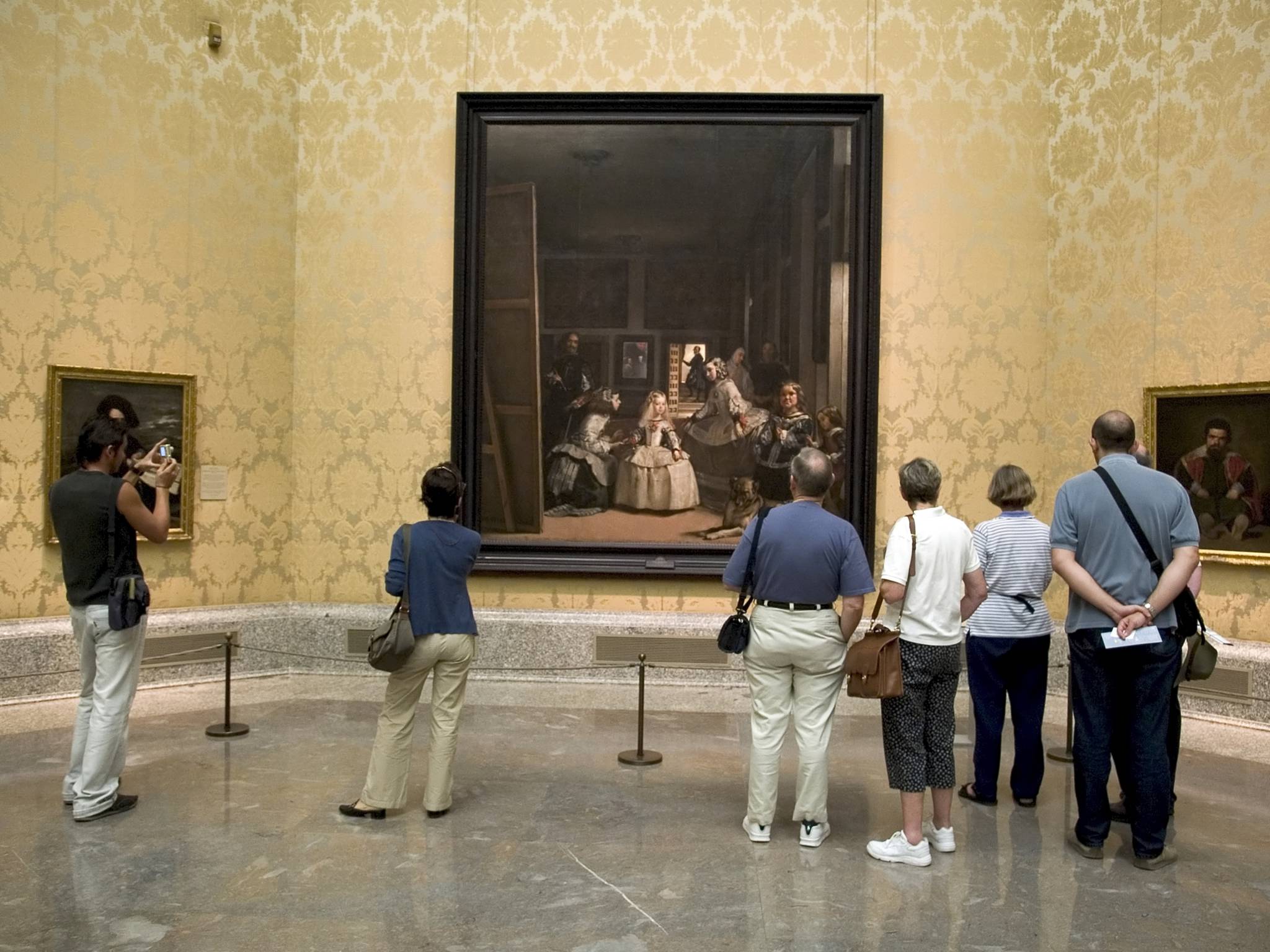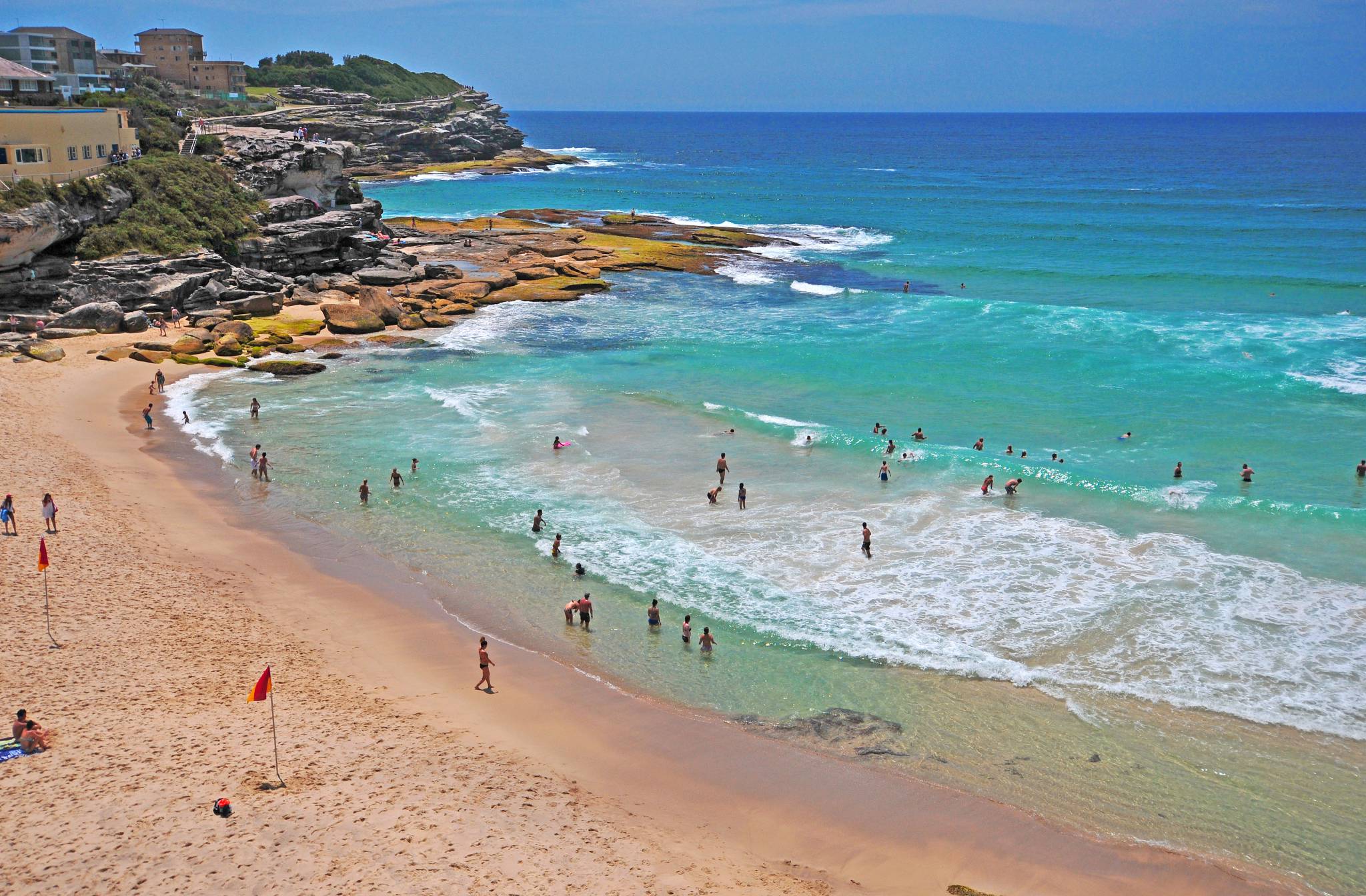Barcelona is not a city. It’s a canvas—splashed with color, skewed angles, and unapologetic eccentricity. And if there’s one man who made this Catalan capital the surreal fever dream it is today, it’s Antoni Gaudí—architect, artist, madman (in the best possible way). Touring his masterpieces isn’t just sightseeing; it’s stepping into a storybook designed by Escher, narrated by Dalí, and anchored (mercifully) by fiercely strong cortados.
So grab your good walking shoes (no, not the cute ones—this city has hills) and let’s dive into the topsy-turvy world of Gaudí, one tiled salamander at a time.
Let’s start with…
Sagrada Família: The Immortal Sandcastle
If the Parthenon got kidnapped by a particularly visionary coral reef, it might look a bit like Sagrada Família. This still-unfinished basilica is Gaudí’s crown jewel, a Gothic-meets-Art-Nouveau-meets-wild-fever-dream cathedral that’s been under construction since 1882. Yes, you read that right—the same year the Triple Alliance war ended. And no, it's still not done.
But don’t let the scaffolding fool you. Step inside and you're swept into a kaleidoscopic forest of columns and stained glass. Morning sunlight filters through the nave like a divine disco, casting colors on tourists who definitely didn’t dress for church.
Tip: Book tickets in advance—like several days in advance. This place is the Beyoncé of Barcelona landmarks. Oh, and opt for the tower climb if you’re not afraid of heights or narrow staircases.
Read more on official site: https://sagradafamilia.org
Park Güell: Gaudí’s Playground Above the City
If Dr. Seuss and Willy Wonka co-designed a public park, you’d get something like Park Güell. Originally conceived as a high-end housing development (spoiler: didn’t work out), it’s now a UNESCO-protected patch of imagination perched high over the city.
The main terrace is famous for its undulating, rainbow-tiled bench, best viewed while balancing a melting gelato and avoiding selfie sticks. Let your eyes wander and you'll spot mythical creatures, colorful mosaics, twisted stone columns—and if you're lucky—the lizard. (Technically he's a salamander, but let’s not split scales.)
Insider secret: The Monumental Zone (a.k.a. the fancy part) needs a timed ticket. But many areas of the park are totally free and offer the same lush views without the crowds.
More info: https://parkguell.barcelona
Casa Batlló: The House That Bones Built
This curvaceous creation is a remodel of a standard bourgeois home that Gaudí transformed into marine-inspired magic. The façade is all skull-like balconies, shimmering scales, and jaw-dropping whimsy. But inside is where the real dream begins—from a light-drenched atrium to Gaudí’s signature ergonomic details that somehow feel futuristic, 100 years later.
Wander down Passeig de Gràcia, Barcelona’s elegant shopping stretch, and suddenly—bam—you’re face to face with what appears to be a skeleton in drag. Welcome to Casa Batlló, or as locals affectionately refer to it, the “House of Bones.”
Worth it? Absolutely. Even if your Instagram filter can’t do it justice.
Casa Milà (La Pedrera): Waves, Iron, and Rooftop Warriors
Just down the avenue is Casa Milà, aka La Pedrera (“the quarry”), so nicknamed for its raw, stone façade. It's more fortress than fairy tale—but step inside, and it's fully Gaudí. The rooftop alone is a sci-fi film waiting to happen. Chimneys masquerade as medieval knights. Stairways spiral into sky. You half expect a dragon to land.
This is also one of the best places to understand Gaudí’s obsession with nature. Curved walls mimic coastline erosion, wrought iron railings twist like vines, and even the attic feels like a ribcage built by someone with a flair for drama.
Bonus: The evening light show, “Gaudí’s Pedrera: The Origins” is the architectural equivalent of a Pink Floyd concert. Do not miss.
Visit official site: https://www.lapedrera.com
Palau Güell: Gaudí Goes Gothic (Before He Got Funky)
Before Gaudí leaned full tilt into technicolor surrealism, he had his moody phase. Palau Güell is the Gothic-Brooklyn-loft version of his style—dark, rich, vertical, and saturated with drama. Built for industrial tycoon Eusebi Güell (Gaudí’s architectural sugar daddy), this mansion is a masterclass in early Gaudí brilliance.
Think marble staircases, arched cedar ceilings, and a parabolic dome that looks like a spaceship chapel. This lesser-known gem is a great way to dodge the crowds while still collecting some serious Gaudí cred.
Go deeper: https://palauguell.barcelona
Need a Gaudí Detox?
After all that architectural intensity, reward yourself with tapas and vermouth in nearby El Raval or Gràcia neighborhoods. Explore the Boqueria Market, sip on vermut casero, and listen to Barcelonans argue passionately about anchovies.
More city info and visitor tips: https://barcelonaturisme.com
Gaudí in Barcelona is more than a sightseeing checklist—it’s a full-body experience. His works bend the rules of gravity, convention, and maybe even sanity—but in doing so, Gaudí didn't just define a city; he liberated its very imagination.
FAQs About Antoni Gaudí’s Work in Barcelona
Q: What’s the best time to visit Gaudí’s landmarks?
A: Early mornings or late afternoons during weekdays are best to avoid large crowds. Visiting in shoulder seasons (April–May or September–October) also means better weather and fewer lines.
Q: Do I need to book tickets in advance?
A: Yes, especially for popular sites like Sagrada Família and Park Güell. Online reservations are highly recommended to skip long queues and ensure entry.
Q: What is Antoni Gaudí best known for?
A: Antoni Gaudí is best known for designing the Sagrada Família in Barcelona, an iconic basilica noted for its distinctive architectural style, use of natural forms, and over-a-century-long construction timeline.
Q: How many Gaudí sites are there in Barcelona?
A: There are seven UNESCO World Heritage Sites by Gaudí in Barcelona, including Sagrada Família, Park Güell, Casa Batlló, Casa Milà (La Pedrera), and Palau Güell.
Q: Are any Gaudí sites free to visit?
A: Some areas of Park Güell are free, and you can admire the facades of Casa Batlló and Casa Milà without charge. However, full access often requires a ticket.































